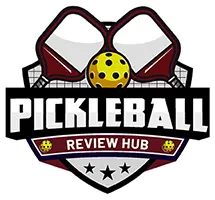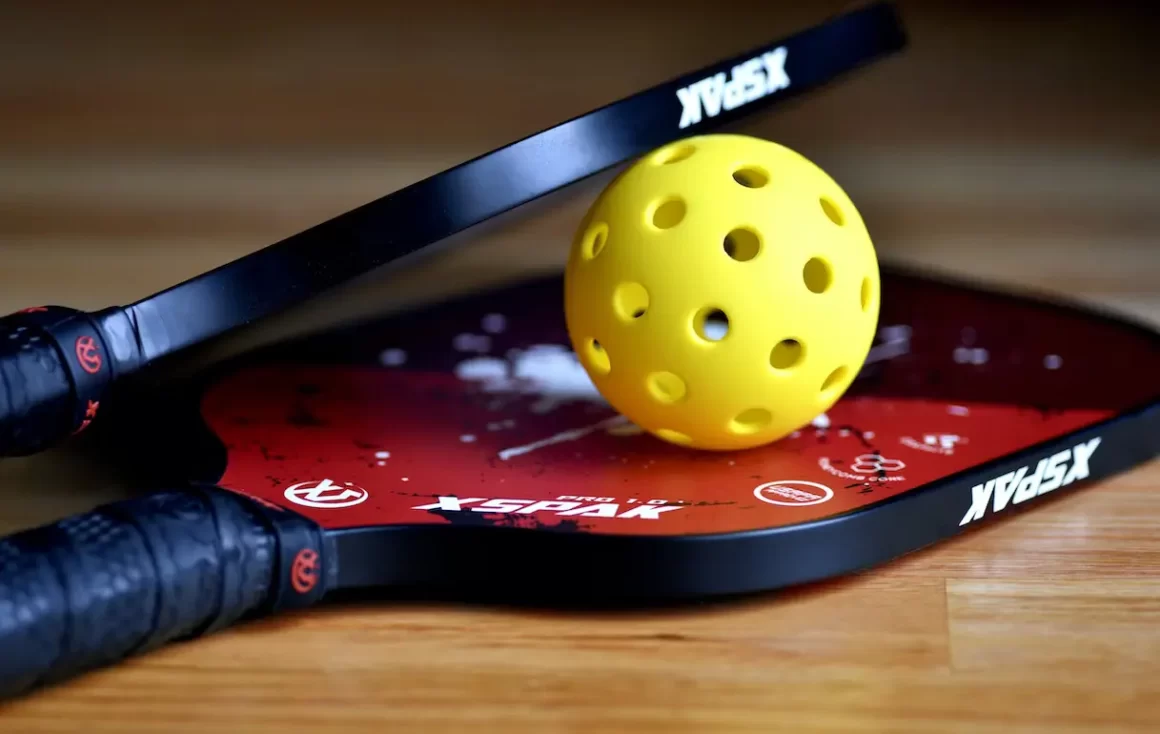Mastering the Rules of Pickleball: A Comprehensive Guide
Pickleball, a great and fast-paced sport, has captured the attention of players around the world. Whether you’re a seasoned athlete or a novice seeking a new recreational activity, understanding the rules of pickleball is essential to fully enjoy the game. In this blog post, we will provide a comprehensive guide to the rules of pickleball, covering everything from court dimensions to serving techniques and gameplay strategies.
1. Court and Equipment:
Pickleball is played on a rectangular court with the same dimensions as a doubles badminton court (20 feet wide by 44 feet long). The court is divided into two halves by a net that is positioned at a height of 36 inches at the sidelines and 34 inches at the center. Players use solid paddles made of materials like wood, composite, or graphite, and a perforated polymer ball similar to a wiffle ball.
2. Serving:
The serve is the starting point of every pickleball rally. The server must stand behind the baseline and diagonally serve the ball to the opponent’s service court. The serve must be made underhand, with the paddle below the waist level. The ball must cross the net and land in the diagonal service court, similar to tennis. The server continues serving until a fault occurs.
3. Faults and Double Bounces:
A fault is committed when a player fails to comply with the rules of pickleball. Some common faults include:
- Serving into the wrong service court.
- Failing to hit the ball into the diagonal service court.
- Stepping on or into the non-volley zone (kitchen) while volleying the ball.
- Hitting the ball out of bounds.
- Hitting the ball into the net or into the wrong side of the net.
A double bounce rule is applied only during the serve and return of serve. The receiving team must let the served ball bounce before returning it. The serving team must also let the return bounce before hitting it. After the two bounces, both teams can volley or hit the ball before it bounces.
4. Non-Volley Zone (Kitchen):
The non-volley zone, also known as the kitchen, is a seven-foot area adjacent to the net. Players are not allowed to enter this zone and hit a volley (a shot hit before the ball bounces) unless the ball bounces in the kitchen area first. This rule prevents players from executing powerful smashes near the net and promotes strategic shot placement.
5. Scoring:
Pickleball follows a rally scoring system, meaning points can be scored by either the serving or receiving team. Only the serving team can score points. Games are typically played to 11 or 15 points, and a team must win by a margin of two points. If the game reaches a 10-10 tie (or 14-14 in a 15-point game), a two-point lead is required to win the game.
6. Doubles and Singles Play:
Pickleball can be played in both doubles and singles formats. In doubles, two players are on each team, and they can only serve and receive diagonally. The serving team alternates serving between the two players until a fault occurs, after which the opposing team assumes the serve. In singles, it’s a one-on-one match, and the serving and receiving areas are wider.
Final Thoughts
Mastering the rules of pickleball is crucial for enjoying the game to its fullest. Understanding court dimensions, serving techniques, fault rules, and scoring will enable you to participate in friendly matches and competitive tournaments confidently. So grab a paddle, head to the court, and embrace the thrilling world of pickleball, where strategy, agility, and fun intersect in every rally.


Leave a Reply